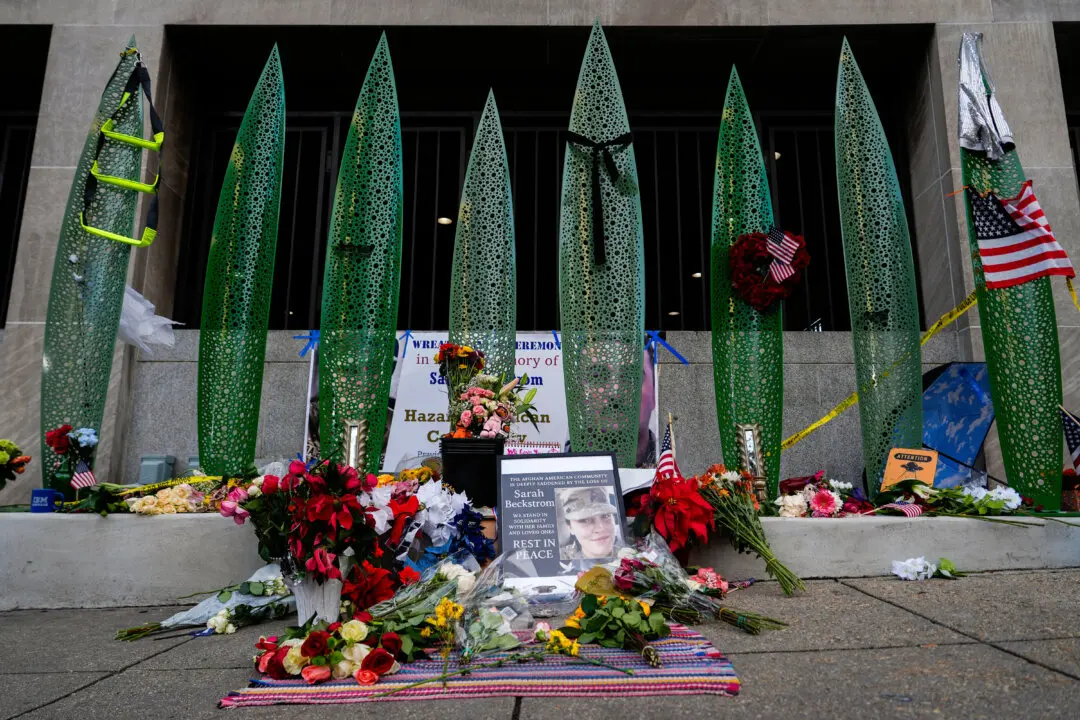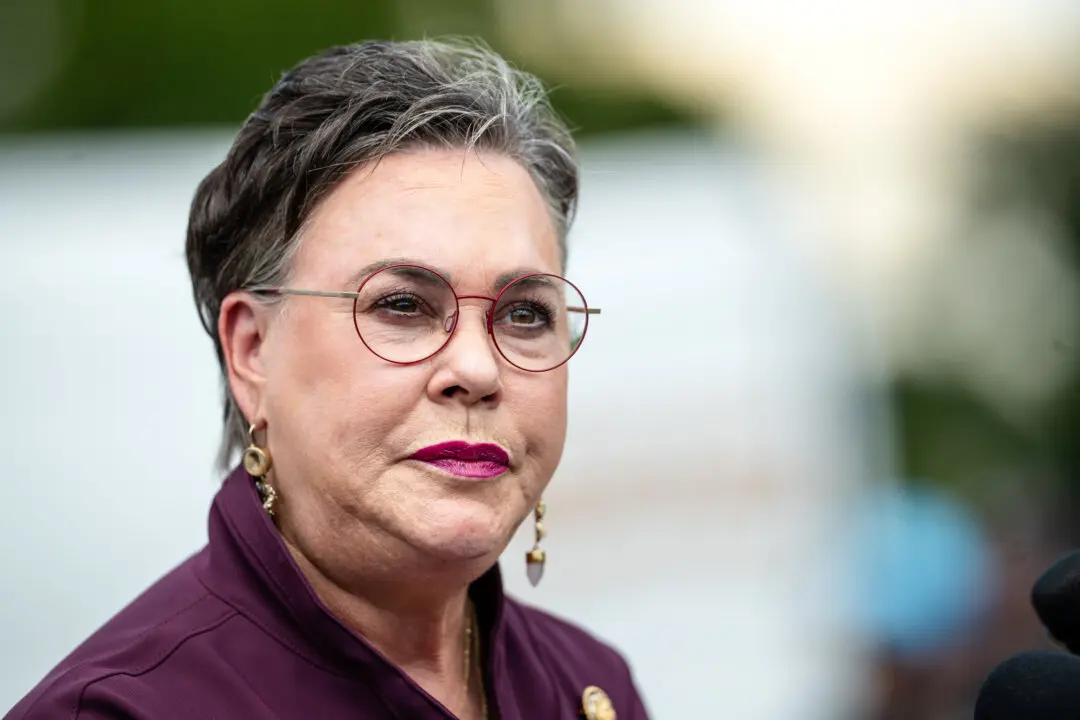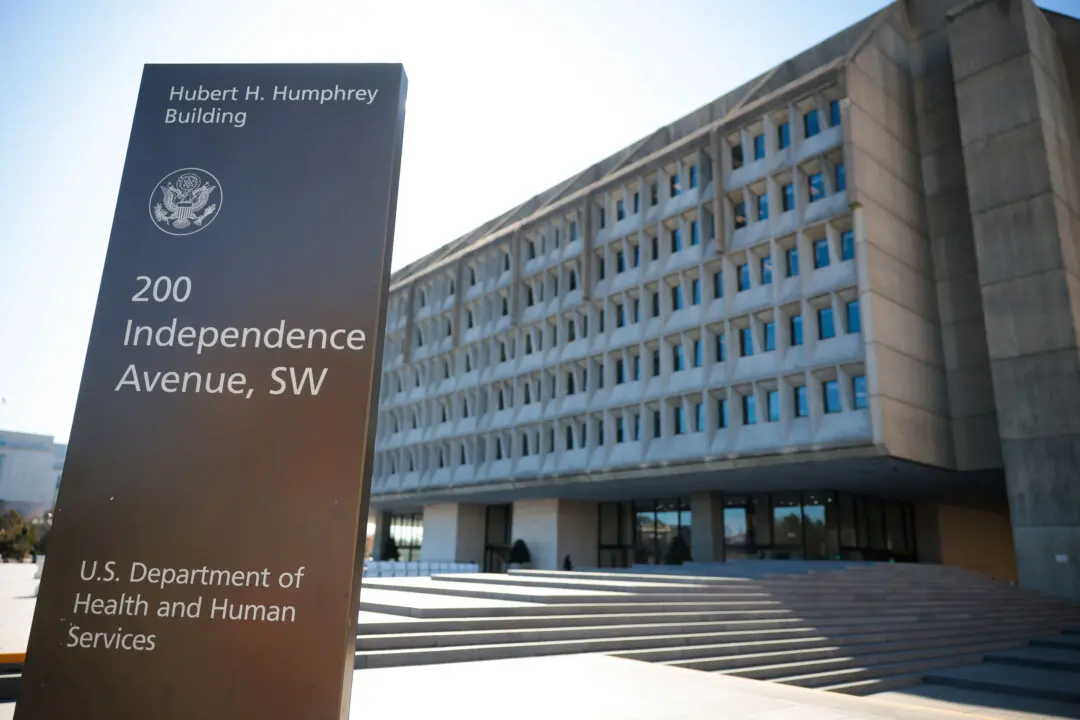Migrants who cross the Arizona-Mexico border will be returned to Mexico without any detours in the United States, the Department of Homeland Security announced Thursday.
The Department of Homeland Security (DHS) announced Thursday that it is expanding the Migrant Protection Protocols (MPP) program in Arizona. The program, commonly known as “Remain in Mexico,” means foreign nationals who seek asylum at ports of entry on the Southern border from Mexico can be sent to Mexico while they wait for a hearing in an immigration court located in the United States. During their stay, the Mexican government will provide these individuals with humanitarian protection and care.





